Châtaigne (샤떼뉴)
15.0Km 2021-12-29
19, Samcheong-ro 5-gil, Jongno-gu, Seoul
+82-2-736-5385
Châtaigne is a French restaurant housed in a charming hanok (traditional Korean house) that was remodelled to accommodate dining tables and chairs. Châtaigne uses seasonal ingredients to create a simple and unique French course meal.
Sentier d’Ansanjarak (chemin de randonnée d’Ansan) (안산자락길)
15.1Km 2025-07-10
75-66, Bongwonsa-gil, Seodaemun-gu, Séoul (Bongwon-dong)
Le sentier d’Ansanjarak est un chemin forestier d’environ 7 km de long, aménagé autour du mont Ansan, dans l’arrondissement de Seodaemun à Séoul. Sa pente douce permet également une promenade agréable pour les personnes à mobilité réduite, avec un accès possible en fauteuil roulant ou en poussette. Comme il n’y a pas de parking dédié, il est recommandé d’y venir en transports en commun. Si vous prenez le métro, le chemin est indiqué depuis la sortie 5 de la station Dongnimmun, en direction de la prison historique de Seodaemun et du Mémorial national du Gouvernement provisoire de la République de Corée.
Site archéologique du quartier Amsa-dong (서울 암사동 유적지)
15.1Km 2020-10-23
155, Amsa-dong, Gangdong-gu, Seoul-si
+82-2-3425-6520
L’ensemble du village préhistorique d’Amsa-dong reproduit le style de vie de l’Ere Néolithique (7.000 B.C. ~ 1.000 B.C.) Même la porte d’entrée est un gros dolmen et les poubelles sont des anciens pots de faïence garnis de motifs diagonaux. L’ensemble du village préhistorique d’Amsa-dong fut découvert lors de fouilles en 1925 lors d’une inondation qui balaya le sol sur les bancs du Fleuve Han et exposa un grand nombre de pots de faïence au-dessous de la terre. C’est après plusieurs fouilles que cet ensemble du village préhistorique d’Amsa-dong a été établi.
Comme ce site était une colonie massive de primitifs, on y a découvert beaucoup d’anciens bâtiments, des pots en pierre, des flèches en pierre ainsi que d’innombrables pots de faïence décorés de motifs diagonaux. Le site des maisons est circulaire avec un endroit au centre pour le feu. Le site qui est colossal, possède neuf huttes de boue, deux salles d’exposition où on y expose d’anciens artefacts et une hutte de boue ouverte où on peut expérimenter la vie de l’Ere Néolithique. Ce site offre de nombreuses attractions telles que les huttes de boue et les promenades. L’ensemble du village préhistorique d’Amsa-dong a aussi un but très éducatif pour les enfants et familles qui désirent apprendre et expérimenter l’Age Néolithique.
Lycée Jungang (bâtiment principal) (중앙고등학교본관)
15.1Km 2019-07-22
164, Changdeokgung-gil, Jongno-gu, Seoul-si
+82-2-742-1321
Le lycée Jungang, situé à Jong-ro (près de Samcheongdong-gil), a été construit pour éduquer le peuple au coeur de la crise nationale qui sévissait au début du XXème siècle. Le bâtiment principal de l’école a été construit en 1937 après qu’un incendie ait détruit la bâtisse de deux étages d’origine en 1934. L’architecture gothique moderne de ce bâtiment est particulièrement significative pour les Coréens, car celui-ci a été conçu par un architecte coréen durant l’époque de la colonisation japonaise. Park Dong Jin, qui a conçu ce bâtiment, est l’un des premiers architectes coréens modernes, et a dessiné les plans du bâtiment principal et de la bibliothèque de l’université Korea, ainsi que l’immeuble du journal Chosunilbo. Le lycée Jungang a été désigné site historique n° 281. De nombreux leaders de la nation ont été éduqués derrière les murs de ce bâtiment gothique durant la période sombre où la Corée a tenté d’échapper au joug colonial.
Le bâtiment principal, situé en face de la porte principal, est une bâtisse en granit de deux étages en forme de H, conçu dans le style gothique, avec une tour de quatre étages au centre.
Fatum (파툼)
15.1Km 2019-12-20
86-5, Samcheong-ro, Jongno-gu, Seoul
+82-2-739-9888
FATUM is famous for its great view of Samcheong-dong. Each floor is decorated with a different theme, from natural rocks on the first floor, comfort on the second floor, and indoor viewing places on the third and fourth floors, and outdoor seats on the fifth floor. The view features beautiful scenery including Bugaksan Mountain, Inwangsan Mountain, and Gyeongbokgung Palace at once, as well as a fantastic sunset from the café.
Hanok Guesthouse Dongchonchae [Korea Quality] / 한옥 게스트하우스 동촌재 [한국관광 품질인증/Korea Quality]
15.1Km 2021-03-26
21-10, Jahamun-ro 11-gil, Jongno-gu, Seoul
Built in 1939, Dongchonchae was designated as Seoul Well Hanok by the Seoul Metropolitan City in 2016. In 2020, this hanok (traditional Korean house) received the Certificate of KOREA QUALITY from the Korea Tourism Organization in the Heritage Hanok field in recognition of its historicity and quality of services. Dongchonjae is located in the western side of Gyeongbokgung Palace, at Seochon. When one passes through its main gate, one sees the yard, with anchae (women's quarters), sarangchae (men's quarters), and byeolchae (detached quarters) surrounding the plot. Anchae has four rooms, daecheong (wood-floored main hall), a kitchen, and a restroom. One of the rooms is used for tea ceremonies as well. Outside of the sarangchae and byeolchae, which are the living spaces for the owners, visitors have free access to the numaru (raised open floor) and the yard. The anchae’s rooms “Bom” and “Yeoreum” can accommodate 2 to 3 adults each, while the rooms “Gaeul” (Tea Room) and “Gyeoul” are optimal for two. The building is rented out as a whole, so no more than one group may stay in the building at any given time. Standard occupancy is four persons, and eight is the maximum number. There are two restrooms, one within the anchae building, one out in the backyard.
Cooking is not allowed in the kitchen, but guests are free to bring in outside food. Experience programs on offer include nighttime exploration of Seoul City Wall, tea ceremony, folk songs, and rice cake making. Additional payment is only required for rice cake making. Guests may choose between two types of complimentary breakfast: Korean, which comes with rice, soup, and three side dishes; and Western, which comes with bread, salad, and coffee. There are a 100-in screen and mini projector for film watching in the yard or daecheong. Towels, toiletries, hair dryer, bottled water, traditional tea, and capsule coffee are included. The kitchen is equipped with kitchen utensils, a microwave, and a coffee pot, enough for instant foods. Guests also have access to refrigerator and washing machine
Visite nocturne du palais Gyeongbokgung (경복궁 야간 특별관람)
15.1Km 2022-03-28
Seoul, Jongno-gu, Sajik-ro 161
02-3700-3900~3901
Nuwa [Korea Quality] / 누와 [한국관광 품질인증/Korea Quality]
15.1Km 2021-03-29
3-1, Pirundae-ro 5na-gil, Jongno-gu, Seoul
This hanok (traditional Korean house) is located deep in the Seochon Village, west of Seoul’s Gyeongbokgung Palace. Its tasteful renovation of a small 33 m2 hanok made it highly popular among the younger guests. The courtyard has a low maple tree and tastefully arranged stones, while the hanok is capable of accommodating up to 2 persons.
This L-shaped hanok has a full window wall facing the living room, which is furnished with a low walnut table and a bathtub. Visitors can enjoy premium tea at the table. The bathtub, which is connected to the table at one end, can be used mainly for a foot bath with bath salts that assist circulation. There is also a restroom in the building.
Nuwa’s bedroom has a circular window, much like the full moon, with a view of the garden and the fringes of the Inwangsan Mountain.
Hangukgwan (한국관)
15.1Km 2021-03-18
40, Seonggyungwan-ro, Jongno-gu, Seoul
+82-2-764-6953
A great restaurant for group dinners. The best menu at this restaurant is Grilled Beef Ribs. This is a Korean cuisine located in Jongno-gu, Seoul.
Cheongsujeong (청수정)
15.1Km 2021-03-29
91, Samcheong-ro, Jongno-gu, Seoul
+82-2-738-8288
Only fresh ingredients are carefully selected to serve only dishes rich in taste and nutrition. This Korean dishes restaurant is located in Jongno-gu, Seoul. The representative menu is bulgogi with rice.
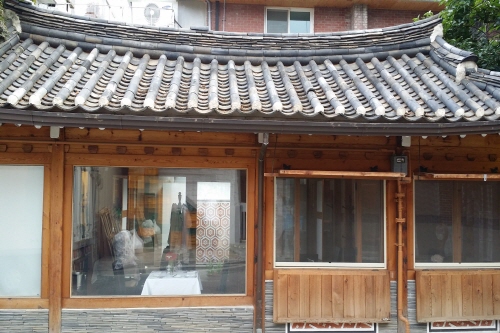

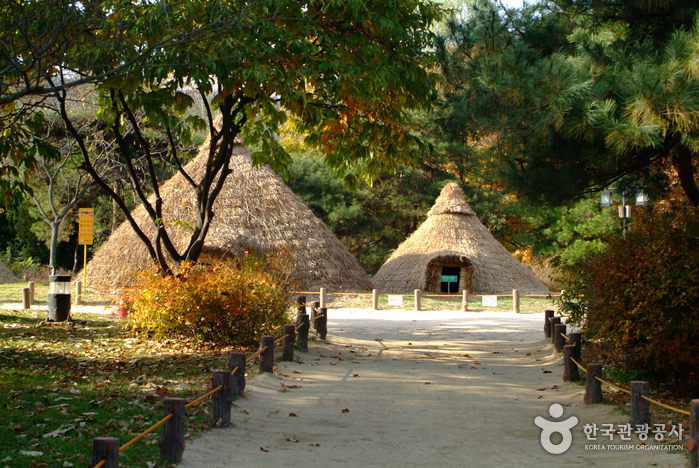
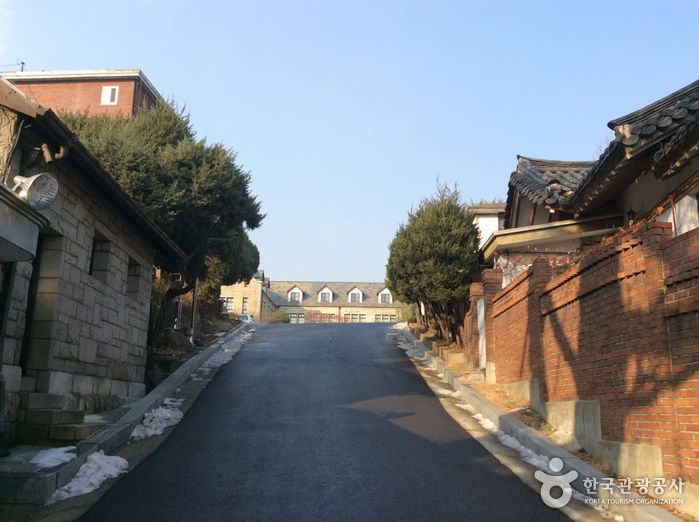
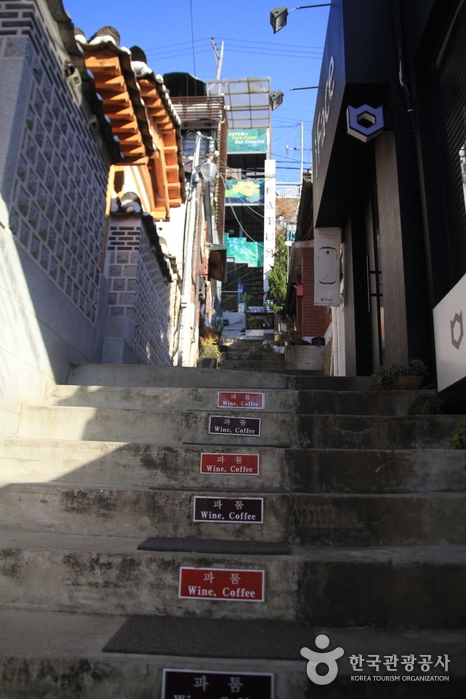
![Hanok Guesthouse Dongchonchae [Korea Quality] / 한옥 게스트하우스 동촌재 [한국관광 품질인증/Korea Quality]](http://tong.visitkorea.or.kr/cms/resource/96/2705896_image2_1.jpg)
![Nuwa [Korea Quality] / 누와 [한국관광 품질인증/Korea Quality]](http://tong.visitkorea.or.kr/cms/resource/07/2707607_image2_1.jpg)
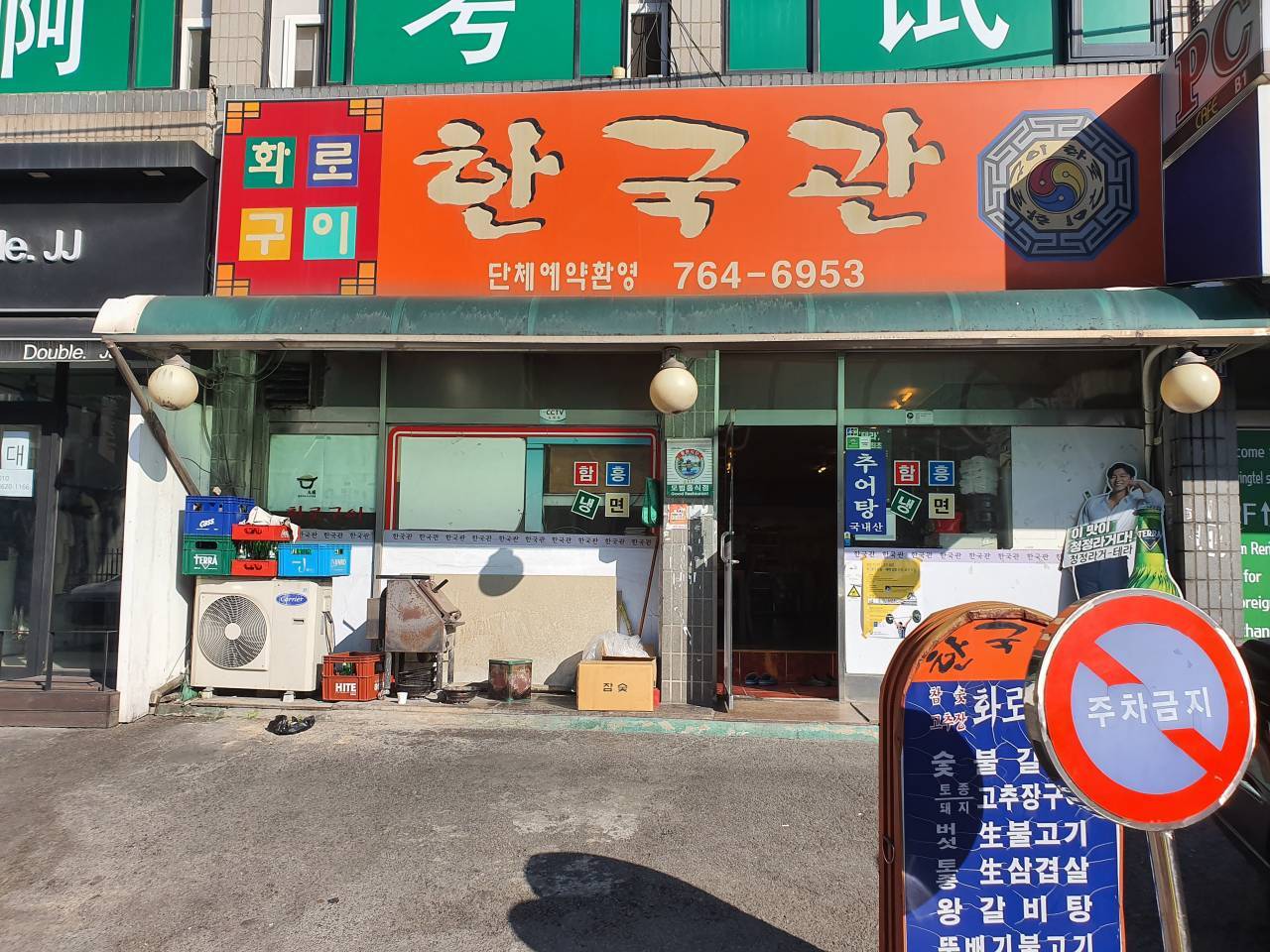
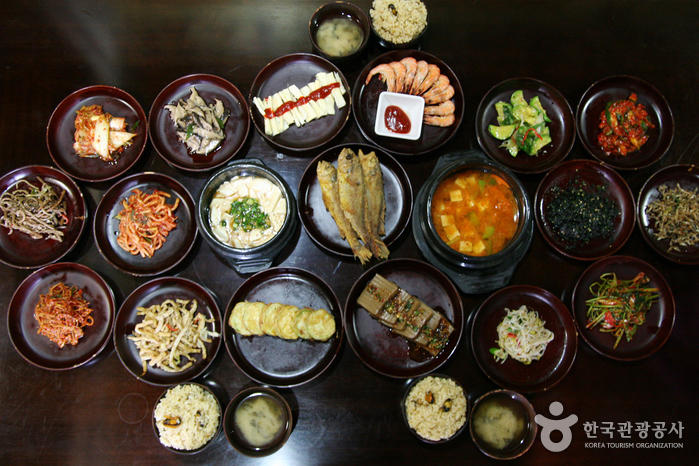
 Français
Français
 한국어
한국어 English
English 日本語
日本語 中文(简体)
中文(简体) Deutsch
Deutsch Español
Español Русский
Русский